FastComments Collab Chat provides users with the ability to create a discussion and annotate any piece of text. Simply highlight a few words, or paragraph, and start a discussion.
You also might want to checkout Collab Chat in use by Govscent.org!







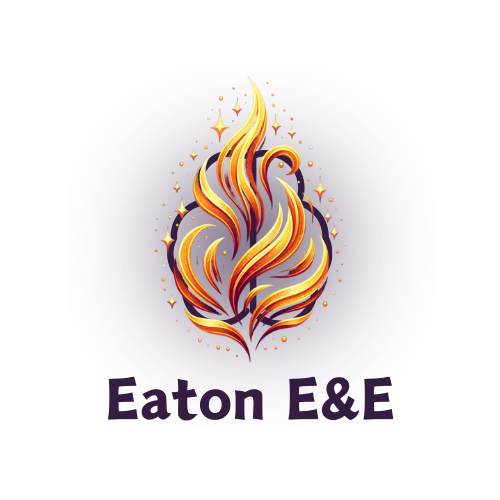








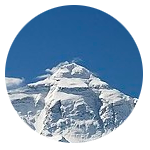











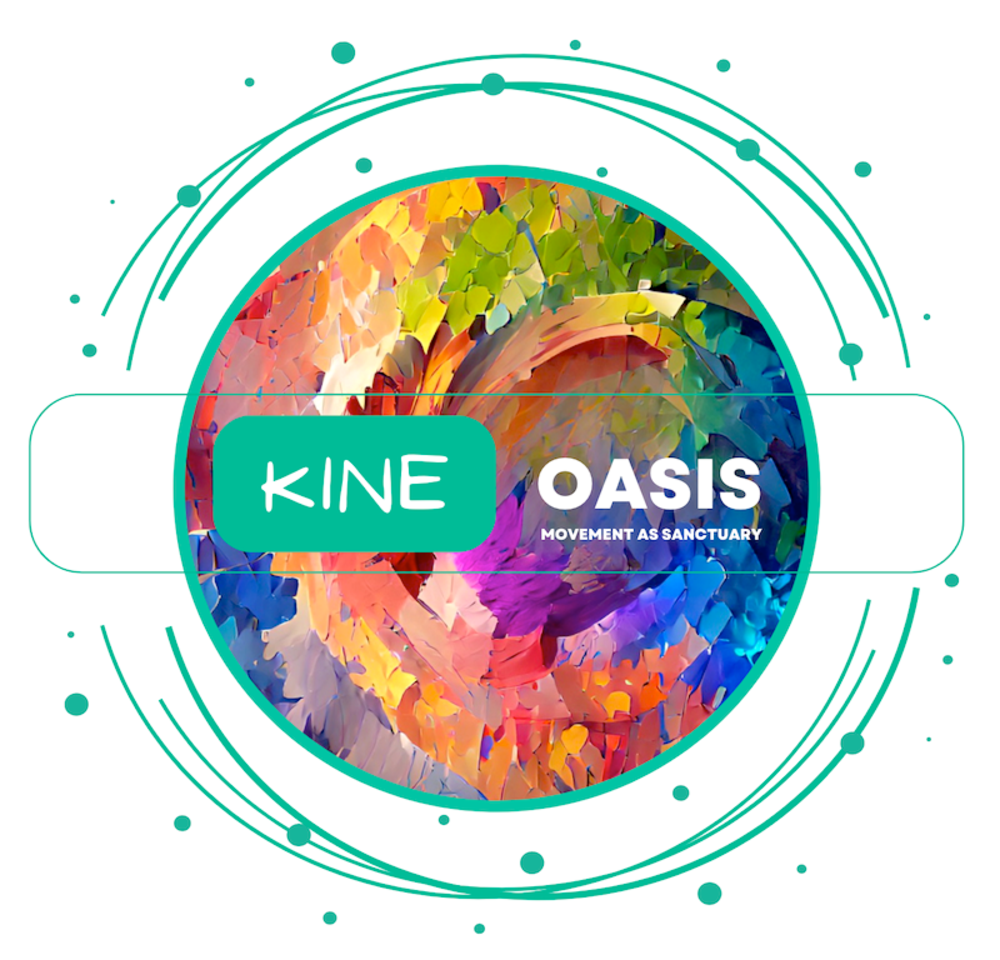

.jpeg)













.png)



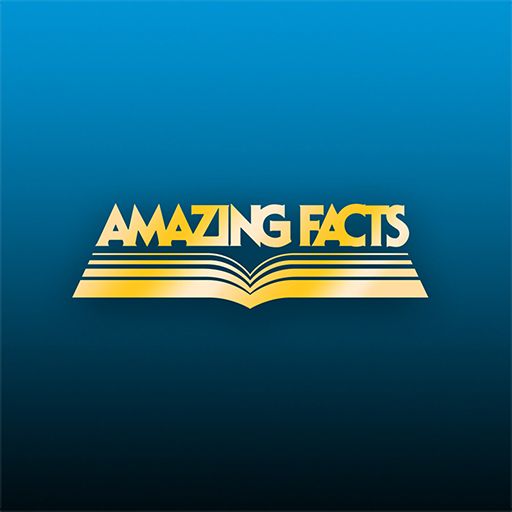
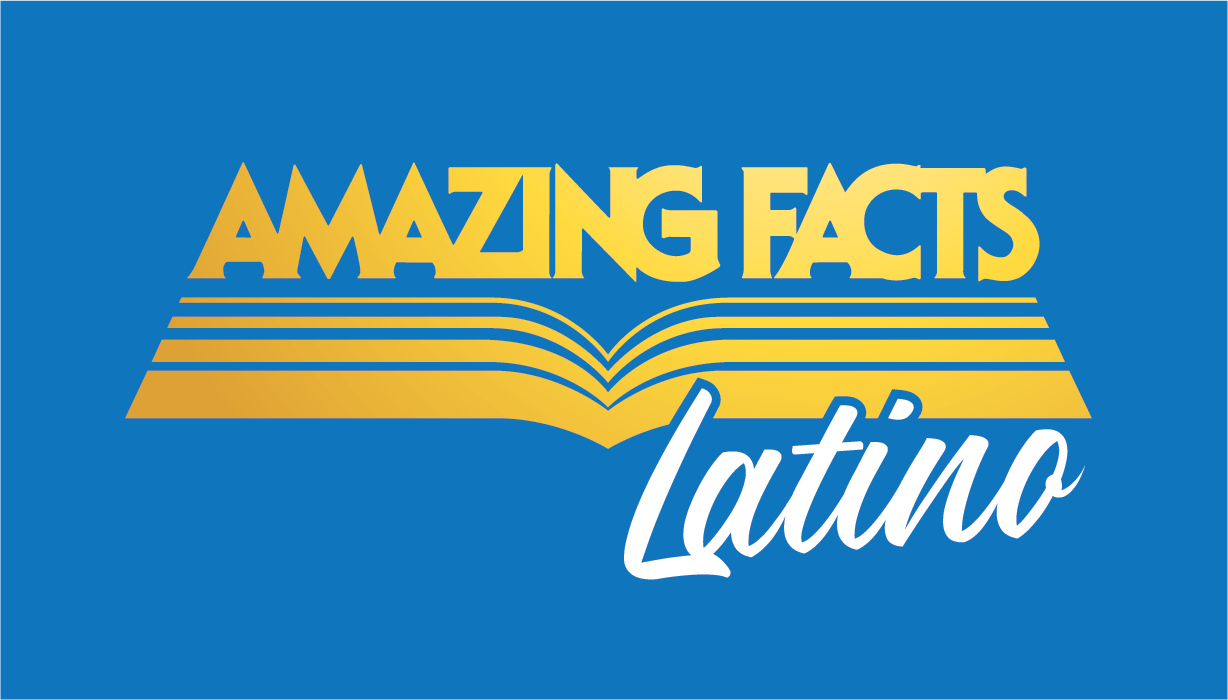

.png)

.png)




















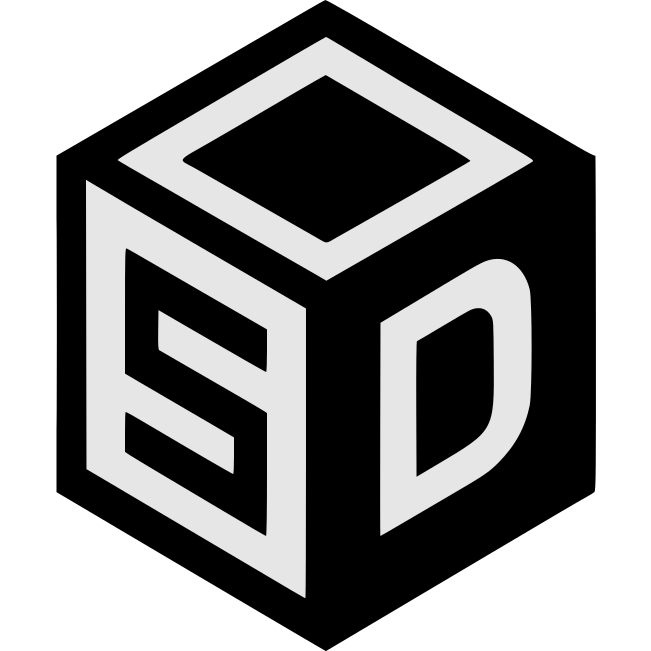
Add discussions to any text content. Create interactive annotations on your content.
FastComments Collab Chat provides users with the ability to create a discussion and annotate any piece of text. Simply highlight a few words, or paragraph, and start a discussion.
You also might want to checkout Collab Chat in use by Govscent.org!






























.jpeg)













.png)






.png)

.png)





















Solar System
The Solar System is the gravitationally bound system of the Sun and the objects that orbit it. It formed 4.6 billion years ago from the gravitational collapse of a giant interstellar molecular cloud. The vast majority (99.86%) of the system's mass is in the Sun, with most of the remaining mass contained in the planet Jupiter. The planetary system around the Sun contains eight planets. The four inner system planets—Mercury, Venus, Earth and Mars—are terrestrial planets, being composed primarily of rock and metal. The four giant planets of the outer system are substantially larger and more massive than the terrestrials. The two largest, Jupiter and Saturn, are gas giants, being composed mainly of hydrogen and helium; the next two, Uranus and Neptune, are ice giants, being composed mostly of volatile substances with relatively high melting points compared with hydrogen and helium, such as water, ammonia, and methane. All eight planets have nearly circular orbits that lie near the plane of Earth's orbit, called the ecliptic.
There are an unknown number of smaller dwarf planets and innumerable small Solar System bodies orbiting the Sun. Six of the major planets, the six largest possible dwarf planets, and many of the smaller bodies are orbited by natural satellites, commonly called "moons" after Earth's Moon. Two natural satellites, Jupiter's moon Ganymede and Saturn's moon Titan, are larger than Mercury, the smallest terrestrial planet, though less massive, and Jupiter's moon Callisto is nearly as large. Each of the giant planets and some smaller bodies are encircled by planetary rings of ice, dust and moonlets. The asteroid belt, which lies between the orbits of Mars and Jupiter, contains objects composed of rock, metal and ice. Beyond Neptune's orbit lie the Kuiper belt and scattered disc, which are populations of objects composed mostly of ice and rock.
In the outer reaches of the Solar System lies a class of minor planets called detached objects. There is considerable debate as to how many such objects there will prove to be. Some of these objects are large enough to have rounded under their own gravity and thus to be categorized as dwarf planets. Astronomers generally accept about nine objects as dwarf planets: the asteroid Ceres, the Kuiper-belt objects Pluto, Orcus, Haumea, Quaoar, and Makemake, and the scattered-disc objects Gonggong, Eris, and Sedna. Various small-body populations, including comets, centaurs and interplanetary dust clouds, freely travel between the regions of the Solar System.
The solar wind, a stream of charged particles flowing outwards from the Sun, creates a bubble-like region of interplanetary medium in the interstellar medium known as the heliosphere. The heliopause is the point at which pressure from the solar wind is equal to the opposing pressure of the interstellar medium; it extends out to the edge of the scattered disc. The Oort cloud, which is thought to be the source for long-period comets, may also exist at a distance roughly a thousand times further than the heliosphere. The Solar System is located 26,000 light-years from the center of the Milky Way galaxy in the Orion Arm, which contains most of the visible stars in the night sky. The nearest stars are within the so-called Local Bubble, with the closest, Proxima Centauri, at 4.2441 light-years.
Structure and composition
The word solar means "pertaining to the Sun", which is derived from the Latin word sol, meaning Sun. The Sun is the dominant gravitational member of the Solar System, and its planetary system is maintained in a relatively stable, slowly evolving state by following isolated, gravitationally bound orbits around the Sun.
Orbits
The planets and other large objects in orbit around the Sun lie near the plane of Earth's orbit, known as the ecliptic. Smaller icy objects such as comets frequently orbit at significantly greater angles to this plane. Most of the planets in the Solar System have secondary systems of their own, being orbited by natural satellites called moons. Many of the largest natural satellites are in synchronous rotation, with one face permanently turned toward their parent. The four giant planets have planetary rings, thin bands of tiny particles that orbit them in unison.
As a result of the formation of the Solar System, planets and most other objects orbit the Sun in the same direction that the Sun is rotating. That is, counter-clockwise, as viewed from above Earth's north pole. There are exceptions, such as Halley's Comet. Most of the larger moons orbit their planets in prograde direction, matching the planetary rotation; Neptune's moon Triton is the largest to orbit in the opposite, retrograde manner. Most larger objects rotate around their own axes in the prograde direction relative to their orbit, though the rotation of Venus is retrograde.
To a good first approximation, Kepler's laws of planetary motion describe the orbits of objects about the Sun. These laws stipulate that each object travels along an ellipse with the Sun at one focus, which causes the body's distance from the Sun to vary over the course of its year. A body's closest approach to the Sun is called its perihelion, whereas its most distant point from the Sun is called its aphelion.: 9-6 The orbits of the planets are nearly circular, but many comets, asteroids, and Kuiper belt objects follow highly elliptical orbits. Kepler's laws only account for the influence of the Sun's gravity upon an orbiting body, not the gravitational pulls of different bodies upon each other. On a human time scale, these additional perturbations can be accounted for using numerical models,: 9-6 but the planetary system can change chaotically over billions of years.
The angular momentum of the Solar System is a measure of the total amount of orbital and rotational momentum possessed by all its moving components. Although the Sun dominates the system by mass, it accounts for only about 2% of the angular momentum. The planets, dominated by Jupiter, account for most of the rest of the angular momentum due to the combination of their mass, orbit, and distance from the Sun, with a possibly significant contribution from comets.
Composition
The overall structure of the charted regions of the Solar System consists of the Sun, four smaller inner planets surrounded by a belt of mostly rocky asteroids, and four giant planets surrounded by the Kuiper belt of mostly icy objects. Astronomers sometimes informally divide this structure into separate regions. The inner Solar System includes the four terrestrial planets and the asteroid belt. The outer Solar System is beyond the asteroids, including the four giant planets. Since the discovery of the Kuiper belt, the outermost parts of the Solar System are considered a distinct region consisting of the objects beyond Neptune.
The principal component of the Solar System is the Sun, a low-mass star that contains 99.86% of the system's known mass and dominates it gravitationally. The Sun's four largest orbiting bodies, the giant planets, account for 99% of the remaining mass, with Jupiter and Saturn together comprising more than 90%. The remaining objects of the Solar System (including the four terrestrial planets, the dwarf planets, moons, asteroids, and comets) together comprise less than 0.002% of the Solar System's total mass.
The Sun is composed of roughly 98% hydrogen and helium, as are Jupiter and Saturn. A composition gradient exists in the Solar System, created by heat and light pressure from the early Sun; those objects closer to the Sun, which are more affected by heat and light pressure, are composed of elements with high melting points. Objects farther from the Sun are composed largely of materials with lower melting points. The boundary in the Solar System beyond which those volatile substances could coalesce is known as the frost line, and it lies at roughly five times the Earth's distance from the Sun.
The objects of the inner Solar System are composed mostly of rocky materials, such as silicates, iron or nickel. Jupiter and Saturn are composed mainly of gases with extremely low melting points and high vapour pressure, such as hydrogen, helium, and neon. Ices, like water, methane, ammonia, hydrogen sulfide, and carbon dioxide, have melting points up to a few hundred kelvins. They can be found as ices, liquids, or gases in various places in the Solar System. Icy substances comprise the majority of the satellites of the giant planets, as well as most of Uranus and Neptune (the so-called "ice giants") and the numerous small objects that lie beyond Neptune's orbit. Together, gases and ices are referred to as volatiles.